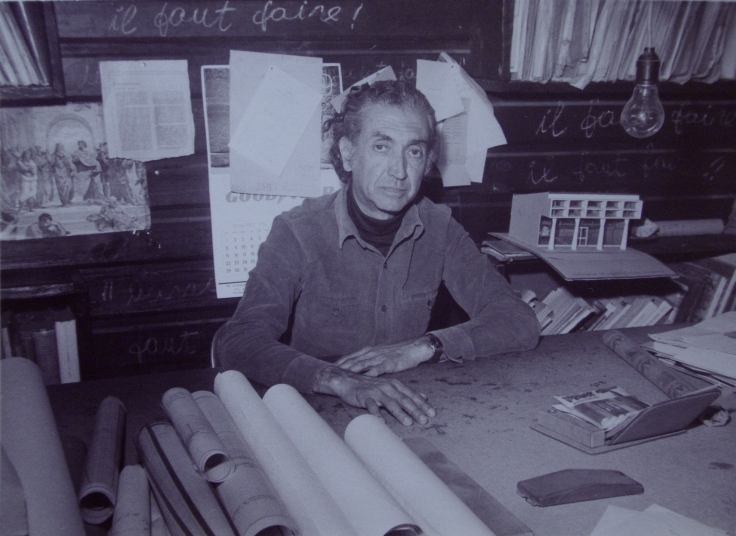
I think that in the way of training as an architect, there are masters, literally, people who help you to open your mind and build or deconstruct your point of view. It’s those kind of people who earn your respect and admiration, but at the same time you maintain a direct, critical and inquisitive dialogue with them.
Faustino García, was the first master I had in the way of architecture. He was married to my maternal grandfather’s sister, and that’s why, since I was very child, I called him the “Tata Faustino”.
He was a very influential person, first in the formation of my mother and later the formation of my older brother and mine. I remember spending many hours leafing through the books of his incredible library, or walking through his office-architecture workshop, which left some of the most important projects of his career such as the building of the municipality of Talagante, my hometown.
I also remember when I was a little boy and spent summers at his home in Mirasol, on the coast of the Pacific Ocean, there the Tata Faustino used to say to me: “Tomasito, let´s go to see houses?”, From then I began to learn to see the architecture , in a different way.
Later, when I was in my first year of engineering, I worked with him in his workshop-office.

My second great master in the path of architecture was Ricardo Alegría Carranza, an academic with a long history in the training of architects in Chile. He was my teacher in Workshop One, in the first year of the architectural career.
He has an implacable critical vision, being a person of great erudition, with a remarkable intellectual weight. In addition, Ricardo Alegría is a great accountant of stories about the training of architects in Chile and his own training as an architect with some of the greatest architects of all time, whom he personally met, such as Ludwig Mies van der Rohe , Walter Adolph Georg Gropius and Frank Lloyd Wright. The latter particularly influenced Ricardo Alegría.
I remember the long conversations that we had in his office when he was director of the school of architecture. Although he was known for his sarcasm and contempt for the ignorant “mass” and what he considered to be a bad architecture, I can see his enormous human and spiritual wealth and the great social commitment of practicing the profession of architect, which he always tried Of instilling in their students.
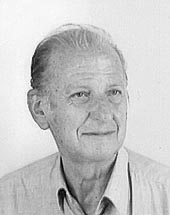
Pastor Correa Prats, winner of the national prize for urbanism, was my teacher of that subject, and is at the same time a living witness of the radical transformations that have suffered the cities. In his classes he made clear his conception of democratic cities, beautiful and friendly to the inhabitants. Its theoretical and practical vision is also based on a social responsibility of architecture and urban planning in the quality of life, and in the vision of the city and its neighborhoods as an integrated, holistic, with the participation of citizens in construction Of a better environment.
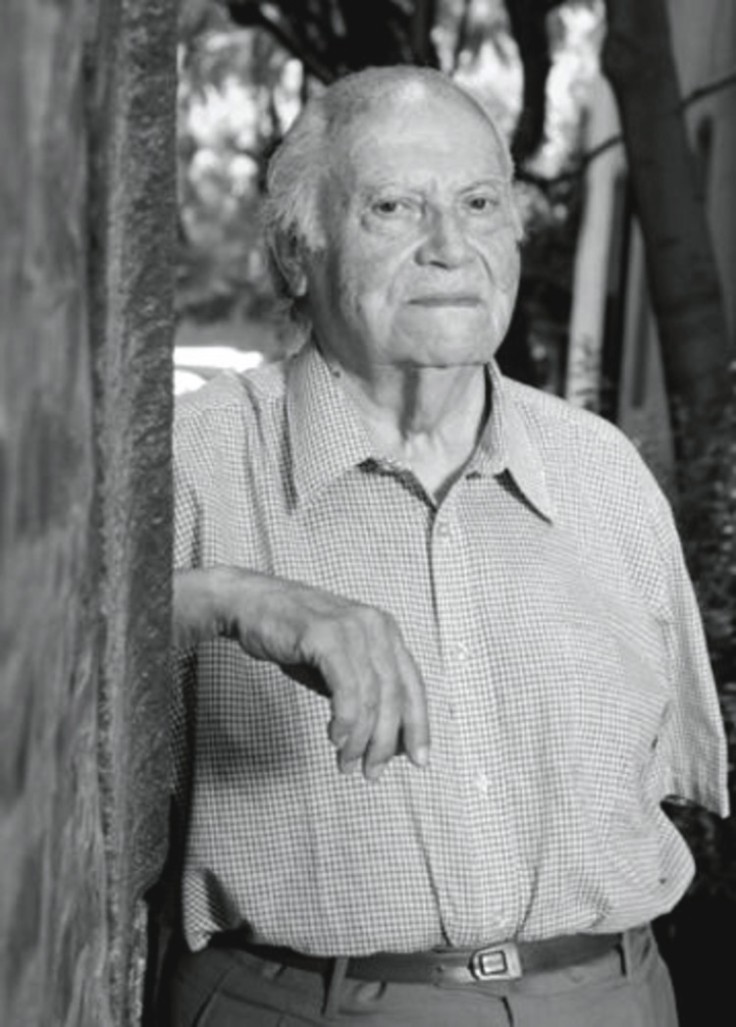
Euclidez Guzman Álvarez was not directly my teacher, but he was a teacher of my generation, and of hundreds of generations of architects, he took the teaching of construction to a sublime point. I remember one day when I walked with Pastor Correa entering the building of the architecture school, and he saw and greeted Euclidez Guzman in the teachers’ room, and on leaving, Pastor Correa told me with his eyes full of tears, He was my teacher I could not believe it, Pastor Correa was already a man of advanced age, he was teaching in architecture school, and who was his professor in his school of architecture half a century ago, was also there, still in the fight to train good architects . At that moment I felt that the history of teaching architecture in Chile was in front of my eyes.
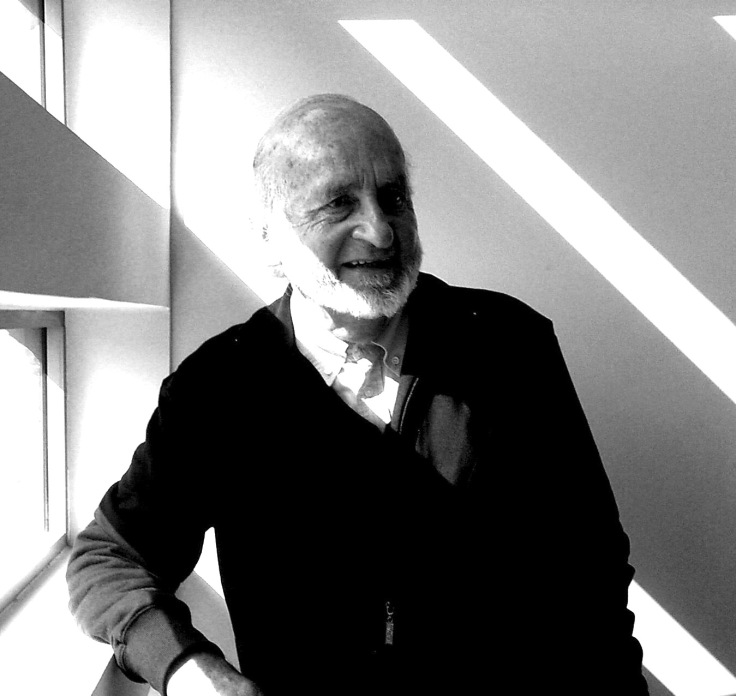
Carlos Martner is recognized for being one of the greatest landscapers in Chile and also for having been the architect of Pablo Neruda, the Nobel Prize for Literature.
The architecture workshop given by Carlos Martner meant for me a return to sensitize the hands as an instrument of architectural design, at a time when all the drawings and sketches were done through the keyboard of a computer. He was a master in the use of color, the sensitivity of the strokes, the use of suitable materials (generally those existing in the place where the future construction would be placed), and the adequate conception of a friendly dwelling.
I always remember the anecdote he told in class. One day he met Pablo Neruda, who said, “Calico, I want you to design me a space for this door,” and Neruda showed him a large door with two sheets of forged iron. (Neruda was known for collecting many old things). Carlos laughed saying that with Neruda everything was the other way around.
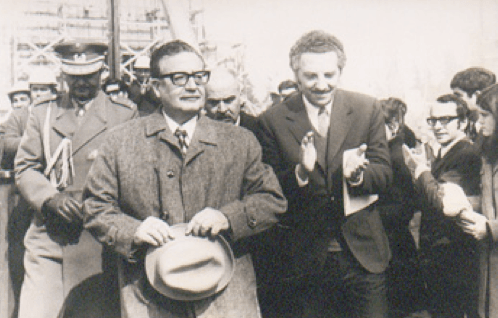
In the photograph, to the right, wearing glasses appears the architect Carlos de la Barra next to his friend, the architect Miguel Lawner and the President Salvador Allende, inaugurating the project “Military Villa of the East”, project that was developed by the Workshop of Agreement between Corporation of Urban Improvement and The Army of Chile (CORMU-Armada de Chile), workshop of which Carlos of the Bar was chief.
I met Carlos de la Barra when I worked at the Architecture Department of the Chilean Ministry of Public Works. Besides sharing office and projects in common, we had great conversations about the development of architecture and urbanism in Chile.
His experience in public building was fully demonstrated one day that invites me to the meeting room where were all the proposals for an architectural design competition that he had to review and evaluate. We saw one by one the plans of the projects hanging on the walls, and I remember asking me at a glance which one looked better. That day we reflected on the power of the image and that way the image can “sells” a project. However that day we realized that the proposal with the best render, with the most attractive and powerful image, was at the same time the worst architectural proposal. I remember Carlos de la Barra raised the first sheet, corresponding to the renders of that project to see the plans of plants and architecture cuts, and how he began to “destroy” that proposal for his incongruities of design, and his terrible interpretation of the architectural program.
This may be obvious, but worse is a critical issue in the current times where the image usually prevail over the contents. The architect Carlos de la Barra has been in the practical exercise of the profession, architect and witness of the history of public architecture and the history of urbanism in Chile.
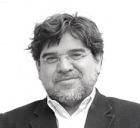 Aldo Hidalgo Hermosilla, Was my professor of theory and history of architecture. I remember that he had a difficult schedule to give his classes, the first thing in the morning, before the class of architecture workshop. However, his class was always full of students, because with each stage of the history of architecture, he invited to reflect on the architectural facts, on the local and world context, on the history of human thought, the great transformations of Society, art and technology, analyzing, establishing analogies, asking questions and urging new questions.He was the first professor who influenced to consider the values of certain preexisting buildings, that could be considered heritage buildings.
Aldo Hidalgo Hermosilla, Was my professor of theory and history of architecture. I remember that he had a difficult schedule to give his classes, the first thing in the morning, before the class of architecture workshop. However, his class was always full of students, because with each stage of the history of architecture, he invited to reflect on the architectural facts, on the local and world context, on the history of human thought, the great transformations of Society, art and technology, analyzing, establishing analogies, asking questions and urging new questions.He was the first professor who influenced to consider the values of certain preexisting buildings, that could be considered heritage buildings.


Leave a comment